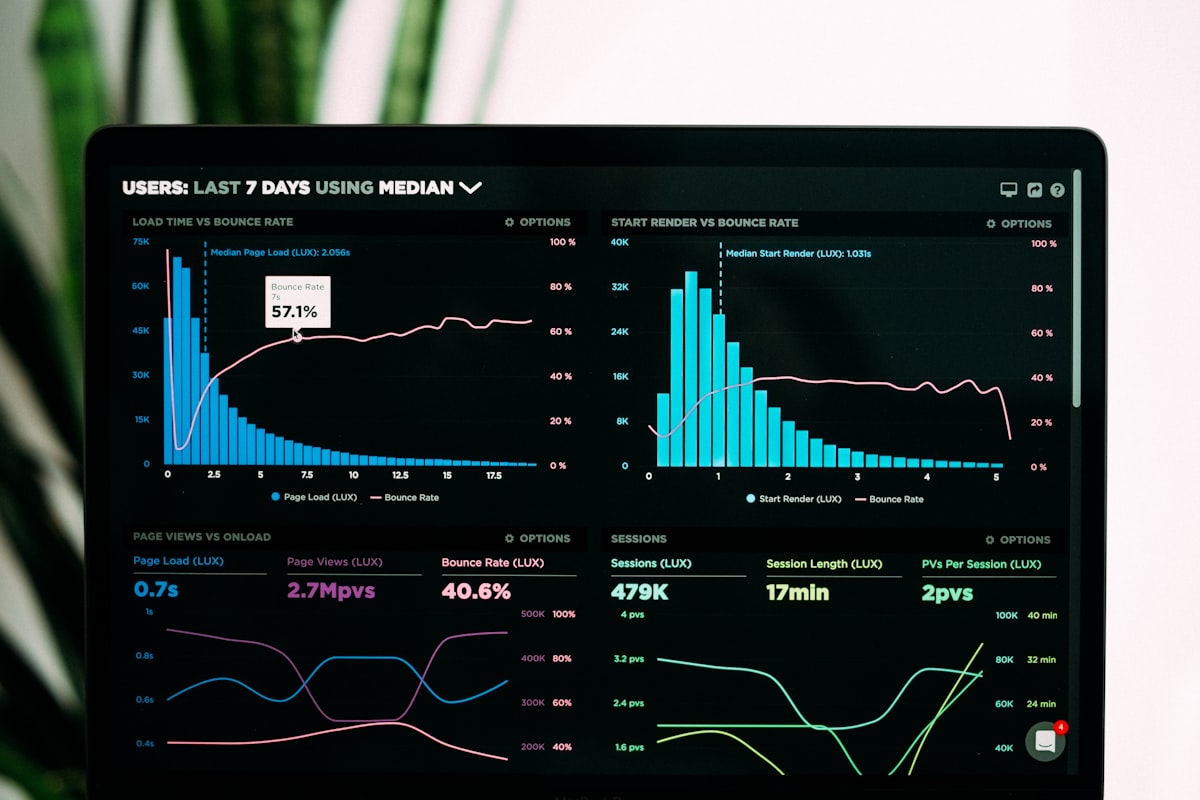Introduction
The Future of Data Transmission is a topic of immense significance in our interconnected world. As we move towards a data-driven society, the way we transmit information becomes a critical factor in our technological evolution. In this article, we will delve into the exciting prospects and challenges that the future of data transmission presents.
The Past, Present, and Future
Data Transmission: A Historical Perspective
From smoke signals to telegraph wires, humanity’s journey in data transmission has been a remarkable one. It’s fascinating to think how far we’ve come from relying on handwritten letters to instantaneous communication through digital networks. Understanding this history is essential to grasp the dynamics of the present and the limitless possibilities of the future.
Current Data Transmission Technologies
Today, we stand at the crossroads of data transmission technology. Fiber optics, 5G networks, and satellite communication are revolutionizing the way we exchange information. These technologies are not just faster; they are more efficient, reliable, and secure. They form the backbone of our digital lives.
The Future Beckons
As we peer into the future, we see a landscape brimming with promise. Quantum computing, Li-Fi, and satellite internet constellations are among the innovations set to redefine data transmission. These advancements hold the potential to take us to new frontiers, offering faster speeds, increased security, and greater accessibility.
The Role of Data Transmission in Our Lives
Data transmission impacts various aspects of our daily existence. It is the driving force behind many technologies and industries, influencing the way we work, communicate, and access information.
Transforming Healthcare
The healthcare sector is benefiting from advanced data transmission in telemedicine and remote monitoring. It allows doctors to diagnose and treat patients from afar, making healthcare more accessible and efficient.
Enabling Smart Cities
Data transmission is the backbone of smart cities, facilitating real-time traffic management, energy conservation, and waste reduction. It plays a pivotal role in urban planning for a sustainable future.
Accelerating Business
In the business world, data transmission enhances global collaboration, remote work, and e-commerce. It has enabled companies to reach new markets and serve customers with unprecedented convenience.
The Future of Data Transmission
The rapid evolution of data transmission technology promises significant changes in our digital landscape. Here are some key trends to watch for:
- Ultra-High-Speed Internet: The days of buffering and slow downloads will be a distant memory with faster and more reliable internet connections.
- Enhanced Security: As cyber threats continue to evolve, data transmission will incorporate more robust security measures to safeguard our information.
- Ubiquitous Connectivity: The future holds the prospect of global internet coverage, ensuring that even remote areas can access the digital world.
- Greener Technology: Innovations in data transmission will focus on energy efficiency, contributing to a more sustainable future.
FAQs
Q: How does 5G technology impact data transmission?
5G technology revolutionizes data transmission by providing faster speeds, lower latency, and increased connectivity, which is crucial for the growth of the Internet of Things (IoT) and other advanced applications.
Q: What is Li-Fi, and how does it work?
Li-Fi, or Light Fidelity, is a wireless communication technology that uses light to transmit data. It utilizes LED bulbs to transmit data through rapid flickering, providing a highly secure and efficient means of data transmission.
Q: Are there any risks associated with quantum computing in data transmission?
While quantum computing holds immense potential, it also poses security risks due to its ability to crack existing encryption methods. Innovations in quantum-safe encryption will be crucial in mitigating these risks.
Q: How is data transmission improving telemedicine?
Data transmission facilitates real-time patient monitoring, remote consultations, and access to medical records, making healthcare more accessible and convenient, especially in remote areas.
Q: What is the significance of satellite internet constellations?
Satellite internet constellations aim to provide global internet coverage, bridging the digital divide in remote and underserved regions, connecting more people to the online world.
Q: How will data transmission contribute to environmental sustainability?
Efforts to make data transmission technology greener include developing energy-efficient infrastructure and reducing the environmental footprint of data centers, aligning with sustainability goals.
Conclusion
The future of data transmission is a world of boundless possibilities, where our digital horizons continue to expand. It’s a world where information flows seamlessly, connecting us in ways we could only dream of in the past. As we stand on the threshold of this new era, the prospects are as exciting as they are limitless. Embrace the future, for it is written in the language of data transmission.









